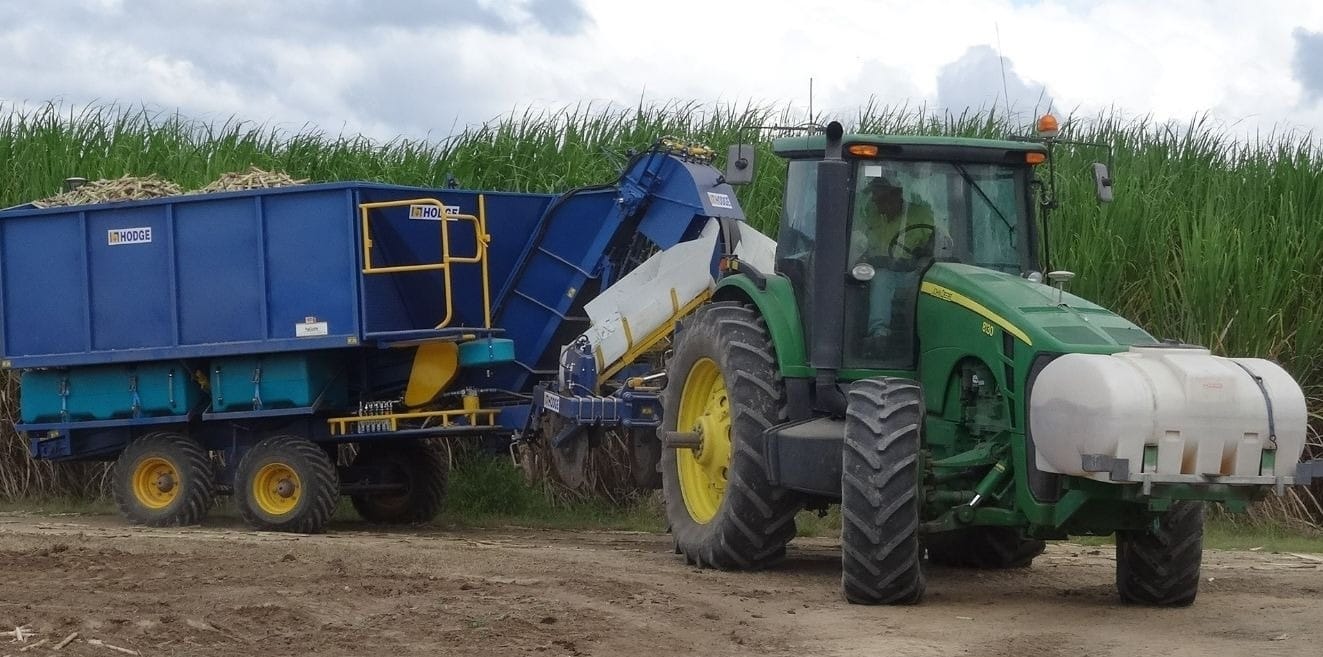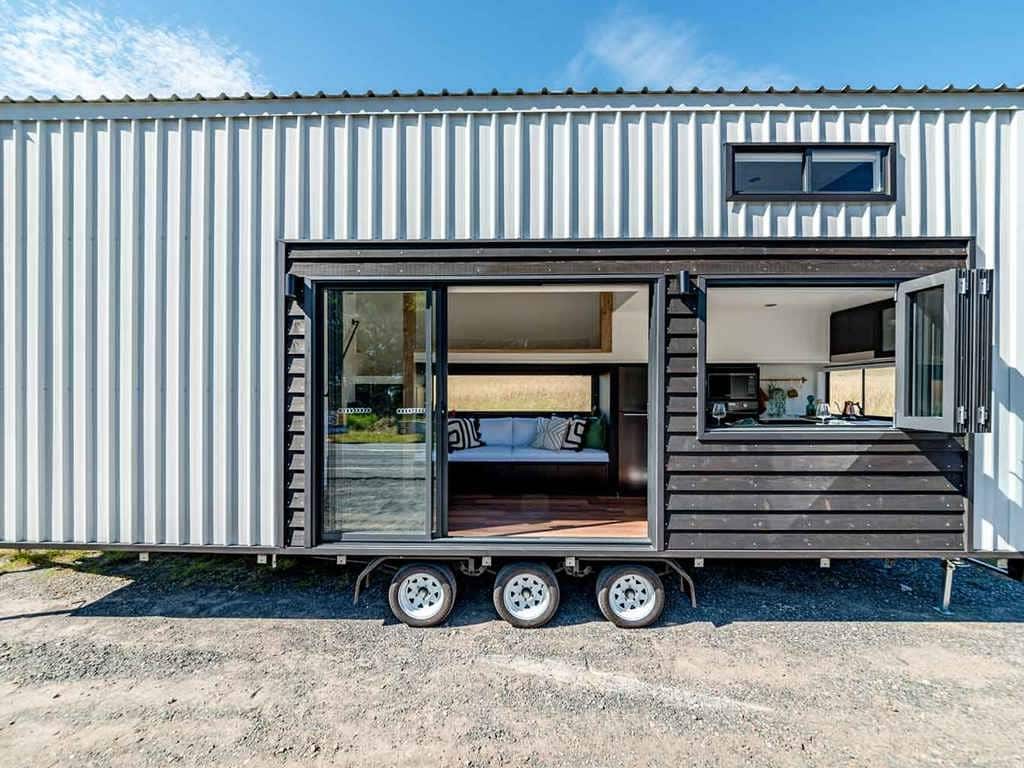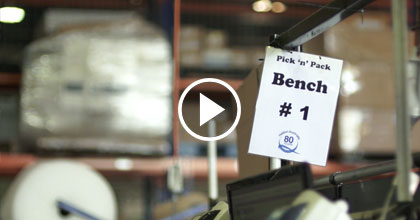For decades manufacturers have pursued the vision of the “fully automated factory”. With the new technologies of Industry 4.0 it seems like this vision is coming closer to a reality.
Back in 1987, in my final year of my engineering degree, one of my friends took on a final year project to design a fully automated factory. The factory would operate with the lights out and the only staff would be a small maintenance crew and a few cleaners.
Even with the technology of 1987, the “fully automated factory” was theoretically possible. Today with technology smarter, more flexible, and more accessible, anyone building a new factory would surely plan for it to be “fully automated” wouldn’t they?
Factory Automation Challenges
1: Technological Reality Runs Into Economic Reality
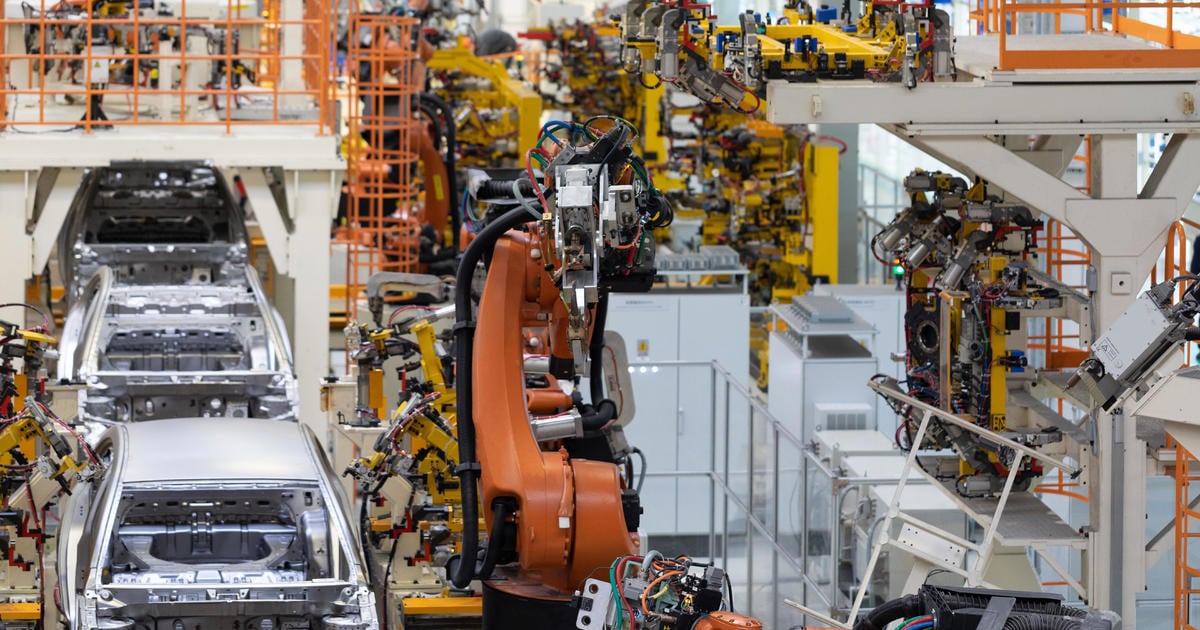
The reason why we have seen very few fully automated factories created is one of economics. Automation is costly and the investment must be weighed against the alternative of a human operator.
While the capability of automation has improved massively since 1987, costs have also increased. Higher commercial interest rates also make it harder to get an adequate return on automation investment.
2: Complexity is a Killer for Fully Automated Processes
Many of the most ambitious automation projects we have seen have struggled to deliver their potential. This often occurs because of the challenge of getting multiple complex systems to interact successfully with one another and with their human operators. With fully automated processes, the reliability of the process is the multiple of the reliability of each individual system.
Therefore, if ten processes are connected in an automated production line, then the failure of one process will stop the whole line. If each individual process achieved 95% availability, then the availability of the total system would be .9510 or 59%.
Unfortunately, in our experience reliability is rarely factored in when designing automated processes and the assumption is made that the equipment will run faultlessly 100% of the time.
3: The Challenge of Flexibility (Robotic Automation)
The third challenge for automation is flexibility. I like to tell the story of how I met my first industrial robot in 1996 and that it was made redundant in 1998 when we lost the contract for the product it was packing.
Again, automated systems are becoming more flexible with AI and vision systems allowing robots to pick up a diverse range of items without programming. However, there are limits to this and to invest in automation you need to be confident that the products and processes you plan to automate remain part of your business long enough to justify the investment.
What Is Lights Out Manufacturing? Is It The Same As An Automated Factory?
At a high level – lights out manufacturing requires very little, to no human operation to keep running.
Lights out manufacturing and a fully automated factory are related concepts, but they are not exactly the same thing.
A lights out manufacturing process is a specific implementation of automation within a modern factory, while a fully automated factory is a broader concept that aims to achieve end-to-end automation.
Is “Lights Out” Factory Production Really Worth It?
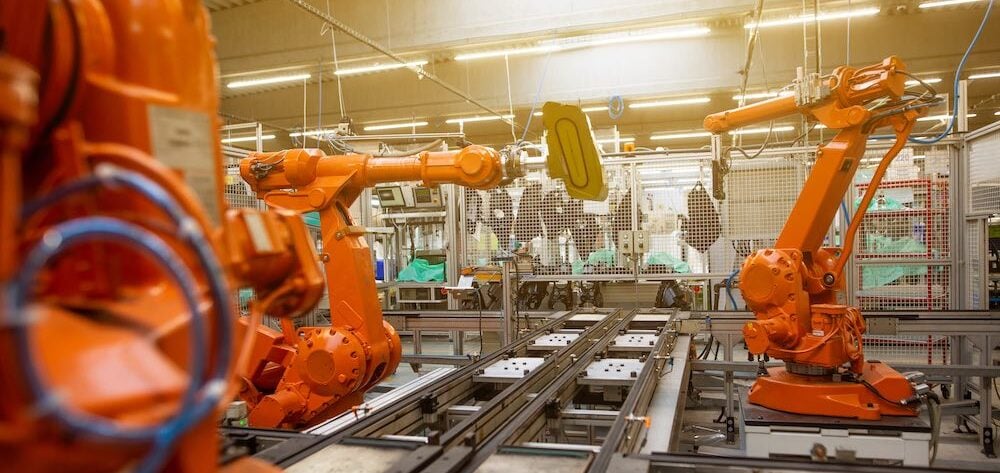
The vision of my fellow engineering student back in 1987 and of many manufacturers is the concept of unmanned lights out production.
This is becoming increasingly common in industries such as plastics and metal processing where machines can be preloaded with raw materials and fitted with automated part handling to enable them to work through the night. On the face of it, this seems like an incredibly sensible and efficient way to operate. The reality is often the opposite. To operate the machine unmanned throughout the night or weekend, all material, tooling, and programs must be loaded in advance.
Then the following day shift is presented with a huge amount of completed jobs to process to the next stage. This creates waves of work in progress (WIP) and can extend process lead times downstream. Balancing the output of the single downstream shift with that of the automated machine running round the clock can be difficult and lead to backlogs building up between downstream processes or downstream processes being starved of work should the automated machine fail to keep up.
As well as WIP issues, a problem during the “lights out” shift will at best lead to you receiving an automated text message at 2am and losing hours of production or at worst mean you arrive in the morning to be greeted by a mountain of defective product. Finally, the automated material and tool handling to operate “lights out” can double the cost of the machine.
In our view it is much easier to manage an operation where operating hours are aligned across the process. Therefore, rather than buying one big machine with automated handling, consider buying multiple smaller cheaper machines and breaking up the task to balance the work across a single shift.
How to get the Best Results from Factory Automation?
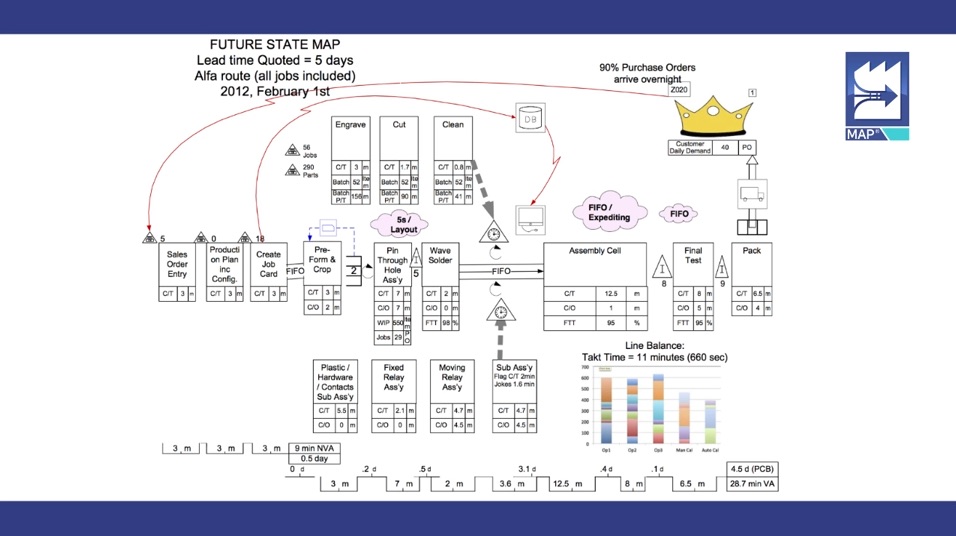
At TXM we encourage customers to eliminate as much waste as possible through application of Lean thinking before considering automation. This means that many improvements get made without capital investment at all. By eliminating the waste, the automation task is made simpler and benefits clearer.
Bottleneck processes will get highlighted and then investment can be targeted to those processes to deliver the maximum benefit. Understanding the rate of production needed (known as Takt time) means that you select equipment that can meet this rate rather than over-investing in oversized high-speed equipment that will only add to the waste in your process.
Treat Automation as a Process Rather Than an Event
The best automation results we have seen come from companies that treat automation as a process of continuous improvement rather than trying to do everything at once. They will firstly apply Lean to eliminate waste that can be removed without investment. Then they will identify the point in the process where automation can give the most benefit. Once that is established, they will look to the next point to automate. As they introduce new technology, they will learn and improve the technology they have.
For example, a large manufacturer of heavy truck components we work with started using robots to polish around 50% of a fuel tank. Over time, their understanding of robotic polishing has improved to the point where now more than 90% of the tank is robotically polished and now, they are applying the technology to more complex shapes such as front bull bars.
Their approach is:
- Design the production cell.
- Apply Lean to eliminate waste in the production cell.
- Automate the bottleneck.
- Improve the automation.
- Expand the use of automation.
As a result, they have built a highly competitive position manufacturing their key product lines.
Summary of Factory Automation
For most businesses the “fully automated factory” remains a distant dream. However, at TXM we increasingly work with clients to apply Industry 5.0 thinking – combining human centered Lean thinking with Industry 4.0 technology. By applying Lean first to eliminate waste and then treating automation as an ongoing improvement process rather than a one off “big bang” event, you can deliver higher returns on investment, greater process reliability and sustainably lower costs. You will also build capability and expertise within your business that you can apply to build competitiveness across more and more production lines in your business.



